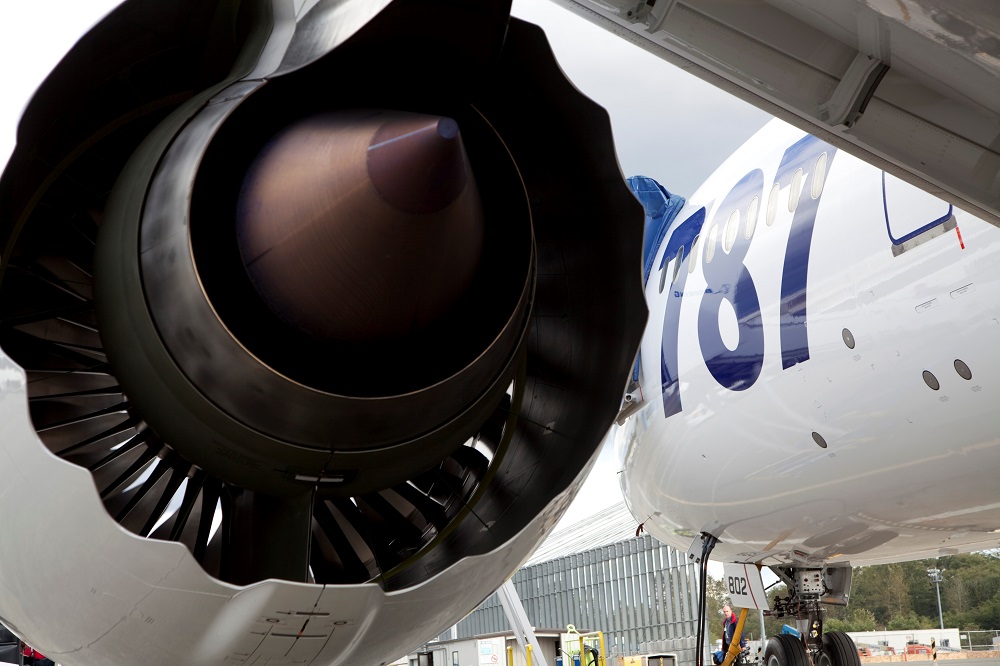Rolls-Royce expects fewer aircraft to be grounded by Trent 1000 problems
02 March, 2020
3 min read
By joining our newsletter, you agree to our Privacy Policy


Rolls-Royce expects to cut the number of Boeing 787s grounded at any one time for Trent 1000 engine repairs to below 10 by the end of this year’s second quarter.
The number of aircraft on the ground (AOG) spiked to 42 in the second half of 2019 due to a decision to proactively fit a small number of remaining intermediate pressure turbine modules on an engine variant known as package B.
It has since dropped to the mid-30s and Rolls-Royce said it had taken further positive steps to increase the availability of spare engines and further expand maintenance to reduce the AOG figure to 10 by the end of the second quarter.
READ: New Qantas fatigue systems sets stage for Sunrise.
The issue, which is forecast to cost the company £2.4bn across 2017-2023, has seen disruptions to airlines globally and dented the reputation of the iconic British engine-maker.
The Boeing 787 Dreamliner engines account for 13 percent of Rolls’ widebody engine fleet and there have been multiple problems with components such as fan blades and compressors.
The issues at various times have reduced the capability and availability of in-service aircraft and caused airlines significant inconvenience.
This is not the first time Rolls has seen light at the end of the tunnel, only to have problems emerge with its later Package C and TEN variants of the engine.
But comments in its full-year earnings release suggest a new level of confidence that it has the long-standing problem licked.
Rolls-Royce chief executive Warren East conceded that Trent 1000 engines weighed heavily in 2019 in terms of the financial cost and the unacceptable disruption caused to customers.
“As a result of the Trent 1000 and as announced in November, we are recognizing a net exceptional charge of £1,361m within our financials, contributing to a reported loss of £852m,’’ he said.
“We have fixes designed for all but one of the issues identified and are well advanced on certification and rolling them out into the fleet.
“As the year drew to a close, we carried out a detailed technical re-evaluation of our progress on the final fix, a new high-pressure turbine blade for the Trent 1000 TEN.
“Based upon that work and test activity, we reset our financial and operational expectations for the engine in November, based on a revised estimate of final blade durability, in order to provide certainty for customers and greater clarity for investors.
“Since then, we have made good progress on the design of this blade and continue to expect certification of this component in the first half of 2021.”
In a run-down of its progress, Rolls said the intermediate pressure turbine fix was now fitted to almost 100 percent of in-service aircraft across all engine variants.
A revised intermediate compressor was fitted to more than 50 percent of package C engines and had been certified for the Trent 1000 TEN variant with package B planned for the second half of 2020.
A revised high-pressure turbine blade had been fitted in almost half of package B and C engines and design work for the TEN blades continued to progress well towards the 2021 certification.
Get the latest news and updates straight to your inbox
No spam, no hassle, no fuss, just airline news direct to you.
By joining our newsletter, you agree to our Privacy Policy
Find us on social media
Comments
No comments yet, be the first to write one.

